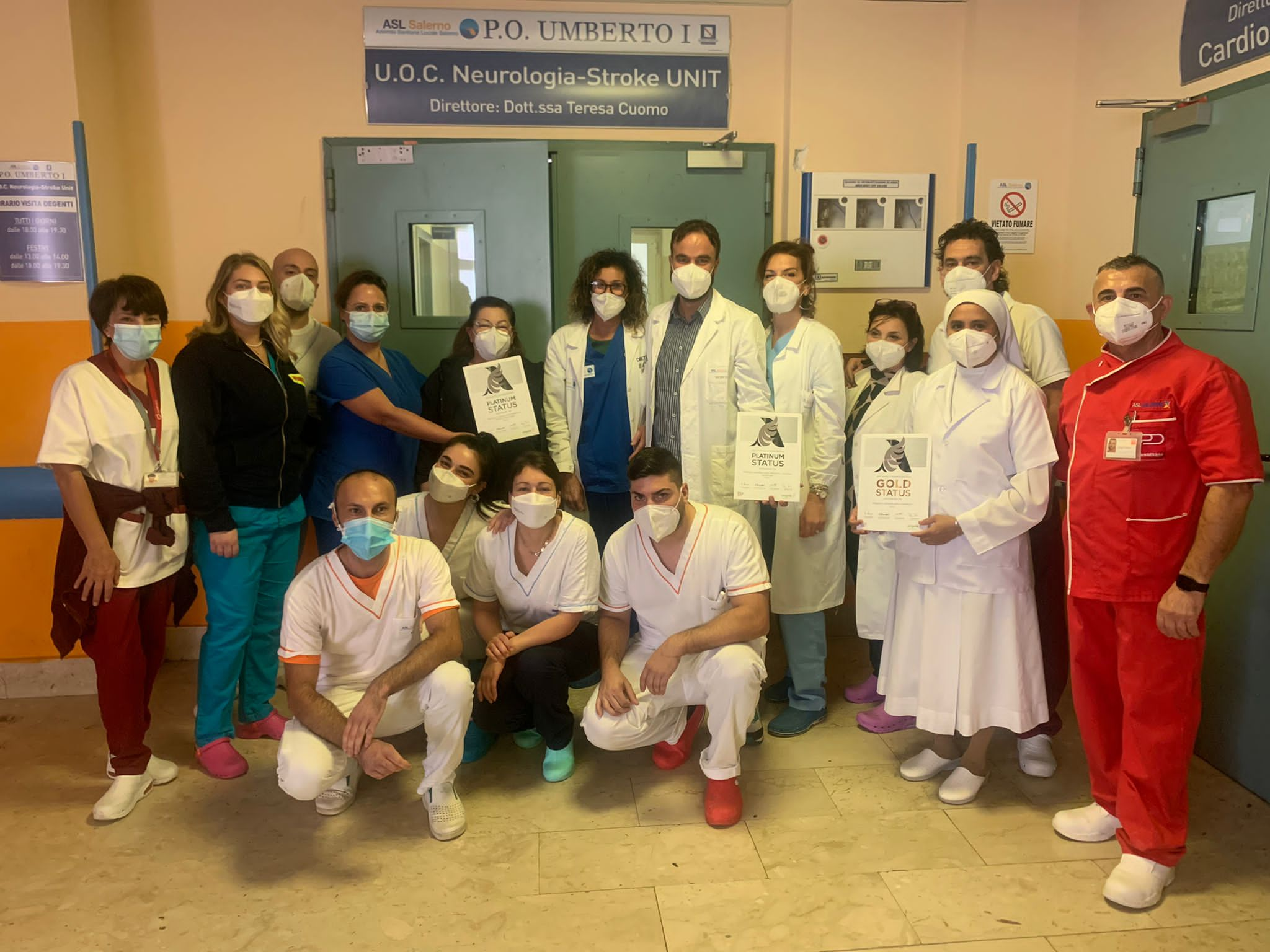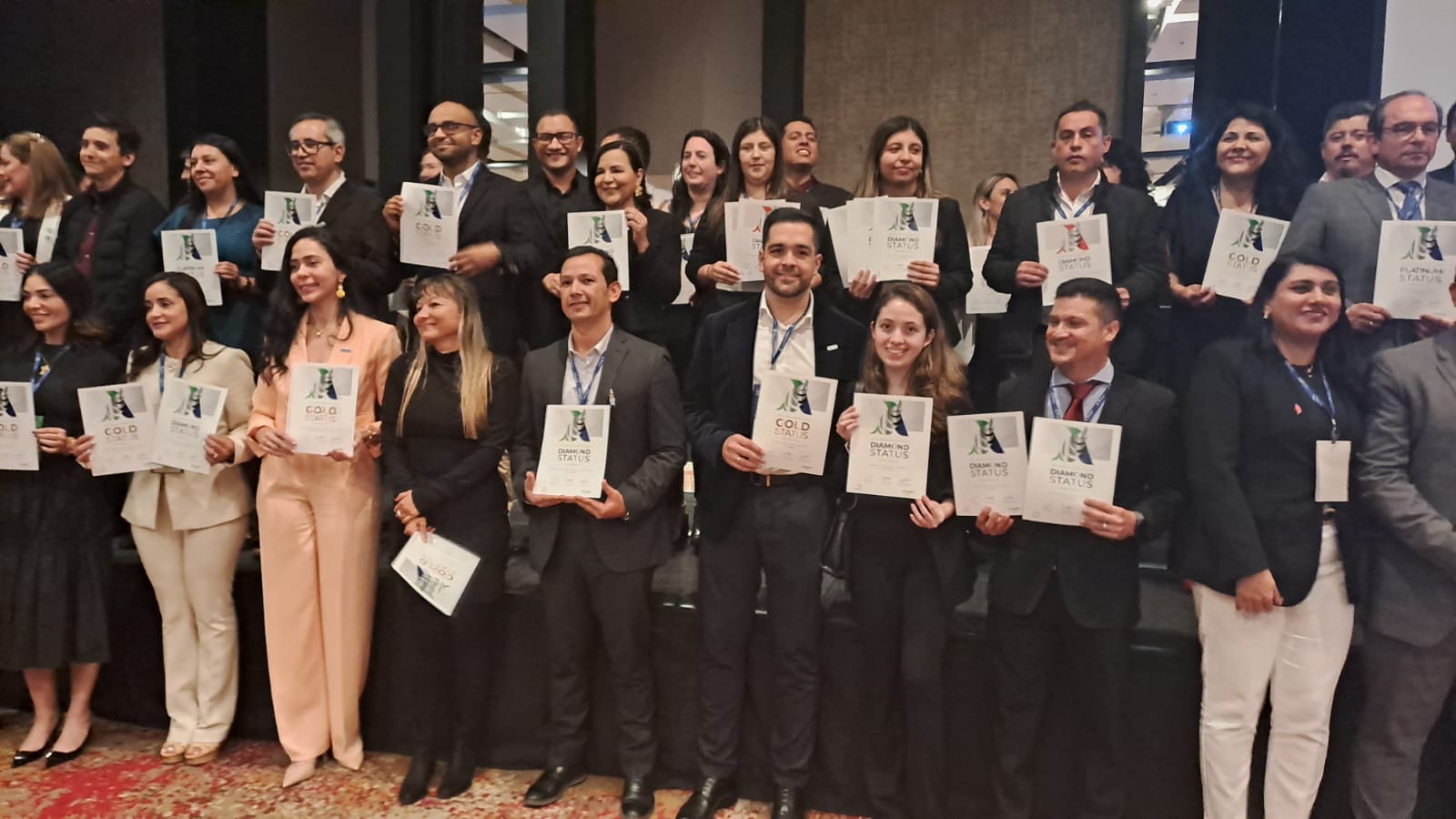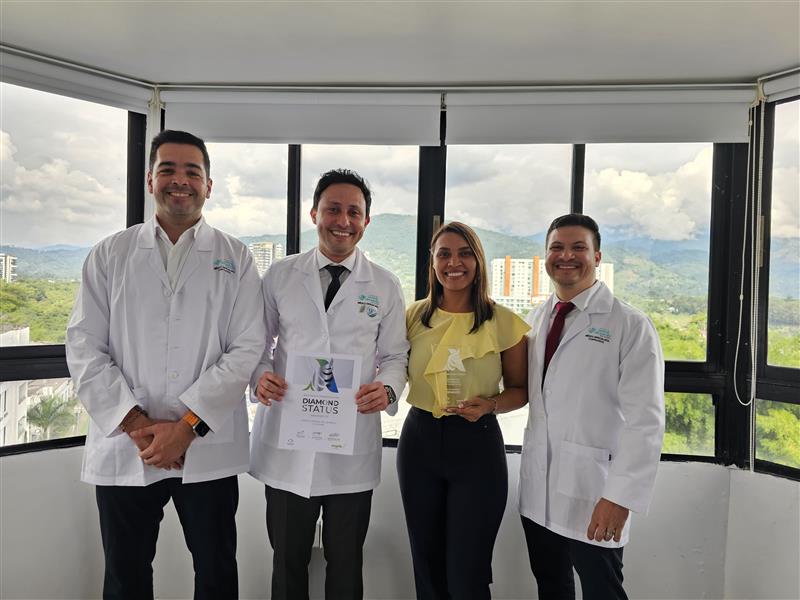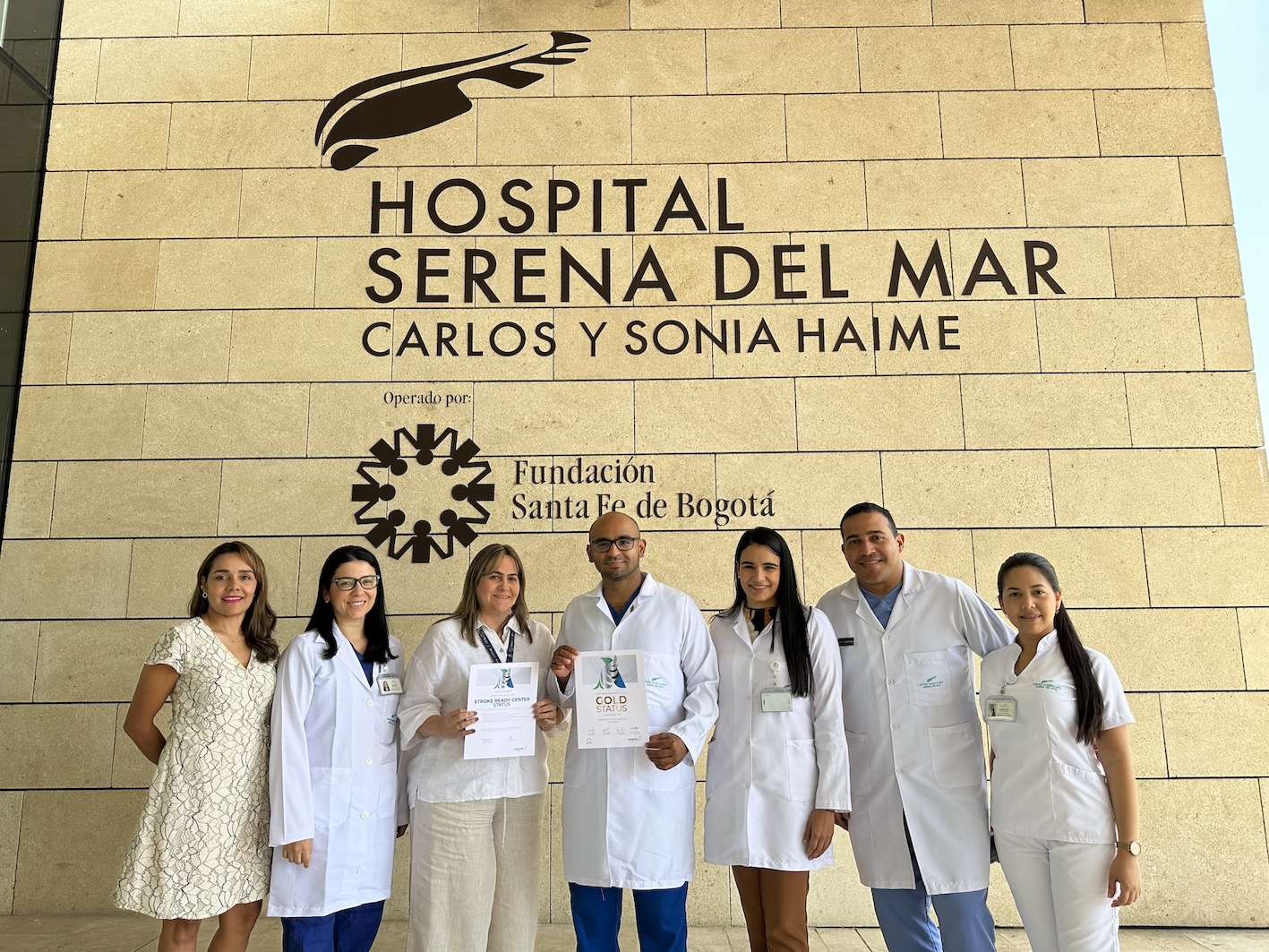구매 주문 누락으로 인해 전담 뇌졸중 병동 설치가 중단된 이탈리아 남서부 지역의 Angels 컨설턴트에게 더 많은 노력을 기울였습니다.
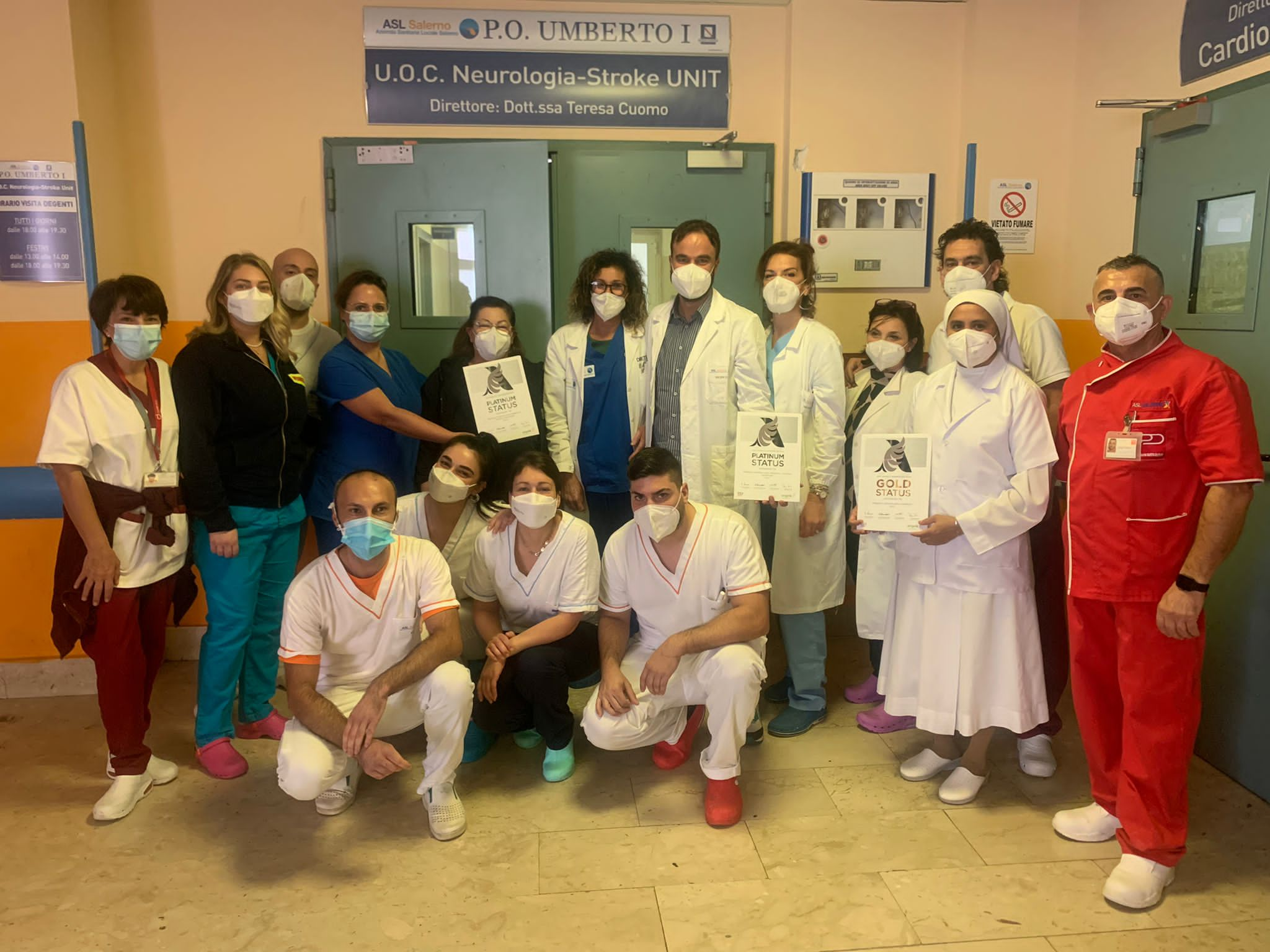
Nocera Inferiore의 Hospital Umberto I이 2017년에 급성 뇌졸중 환자 치료를 시작하려고 했다는 뉴스가 현지 헤드라인을 만들었습니다. 이탈리아 살레르노 지방에서 두 번째 뇌졸중 치료 병원으로만 부상할 것이며, 나폴리와 가까워 20분 열차를 타고 더 전략적으로 중요합니다. 그러나 뇌졸중 치료 인증 병원으로 가는 길은 여러 번 차례에 걸쳐 Angels 컨설턴트를 종이 기록지에서 이끌어 이탈리아 반도의 인구가 밀집된 이 구석의 시민들에게 서비스를 제공할 전용 뇌졸중 병동으로 가는 문을 여는 문서를 찾을 것입니다.
노세라 인페리오레는 문화와 자연의 아름다움이 똑같이 풍부한 지역인 캄파니아에 위치하고 있습니다. 역사에 관심이 있는 방문객에게 가장 큰 드로카드는 이탈리아 문학의 소위 “세 개의 크라운” 중 두 곳인 단테 알리기에리와 지오반니 보카시오 중에서 강인한 벽이 교황, 수감자, 시를 받아들인 산타 안드레아의힐 위에 있는 중세의 성입니다.
이 유서 깊은 에디케이트에서 도보로 12분 거리에는 2017년 Angels 컨설턴트 Stefania Fiorillo가 병원의 최고 신경과 전문의인 Teresa Cuomo 박사의 초대를 받아 보고한 Hospital Umberto I이 있습니다. 이 지역의 뇌졸중 네트워크 동원하기 위한 Angels 회의 중에 Cuomo 박사는 자신의 병원에서 급성 뇌졸중을 치료할 수 있는 역량을 개발할 수 있는 기회를 인식했습니다.
스테파니아는 "우리는 여러분의 도움이 필요합니다."라고 말했습니다. “어디부터 시작해야 할지 모르겠습니다.”
Stefania와 Hospital Umberto의 의사 및 간호사 모두에게 이것은 1년의 집중 학습을 시작했다는 신호였습니다. 병원 경영진은 설득할 수 있는 병원 관리, 창조할 팀, 구축 경로, 개발해야 할 기술, 그리고 마지막으로 Umberto 병원이 첫 ESO Angels 어워드를 수상하기 위한 무대에 오르기 전에 찾을 수 있는 하나의 누락된 구매 주문이 있었습니다.
시험 운전 이론을 실제로 적용
병원이 Angels에 등록되자마자 시작된 교육은 뇌졸중 치료에 관련된 모든 분야에 대해 다루었으며, 병원의 신경방사선학 책임자인 Dr Andrea Manto, 응급실 책임자인 Dr Giovanna Esposito, 현지 앰뷸런스 서비스, 신경과 의사인 Drs Antonella Menditti와 Dario Coppeta, 그리고 당연히 Dr Cuomo의 기여를 했습니다.
경로가 구조화되고, 간소화되고, 모든 각도에서 연구된 후, 이탈리아 북부의 신경과 전문의인 Paolo Bovi 박사가 임상 의사 결정의 석사들을 발표했으며, 숙련된 간호사인 Michele Napolitano가 급성기 및 급성기 후기에서 환자 치료에 관한 지침을 제공했습니다.
마지막으로, 뇌졸중 뇌졸중 팀은 더 많은 임상 사례를 소개한 일련의 시뮬레이션에서 이론적 지식을 시험할 기회를 가졌으며, 2018년 6월 1일 Stefania는 다음과 같은 문자 메시지를 받았습니다. Umberto 병원 저는 첫 뇌졸중 환자를 성공적으로 혈전용해했습니다.
2016년 유럽에서 임명된 최초의 Angels 컨설턴트 중 하나인 Stefania는 "교육의 일환으로 우리는 생명을 살리는 데 필요한 모든 것을 하기 위해 최선을 다합니다."라고 말합니다. 컨설턴트는 또한 병원에서 뇌졸중 경로를 개선할 기회를 발견하기 위해 관찰 기술을 연마해야 합니다. 그러나 스테파니아가 부족 모니터 요원의 미스터리를 해결하기 시작하면서 스테파니아의 도주 기술을 계승할 예정이었습니다.
2019년 초에 Cuomo 박사는 다시 Stefania에게 도움을 요청했습니다. 첫 번째 혈전용해술을 받은 지 거의 1년이 지났을 때, Umberto 병원은 여전히 뇌졸중 전담 병동이 없었으며, 이 병동에서는 환자들이 자격을 갖춘 뇌졸중 뇌졸중 간호사, 물리치료사, 언어 치료사 및 기타 급성기 후기 전문의로부터 가능한 최상의 치료를 받을 수 있었습니다. 뇌졸중 환자가 응급실의 병상에 배정되거나 신경과 내에 생성된 임시 병동에서 회복을 시작한 기간 동안.
뇌졸중 병동을 운영하기 위해 환자 모니터가 필요했지만, 획득이 승인된 후 1년이 지나도 모니터가 아직 도착하지 않았고 아무도 그 이유를 알지 못했습니다.
모니터가 도착하면 도어 잠금이 해제됩니다.
이탈리아의 이 지역에서 병원 관리는 개별 병원 관리 수준과 그들이 속한 의료 기관 모두에서 의사 결정 권한을 가진 복잡한 시스템입니다. Stefania는 이 관리 계층의 최상위에서 뇌졸중 뇌졸중 병동 모니터의 획득을 승인하는 문서를 처리를 위해 관리 부서로 보냈다는 질문을 시작했습니다. 거기서 수색을 하고 조달 사무소로 가서 길을 차갑게 했습니다.
누락된 구매 주문서를 찾을 수 없는 경우 Cuomo 박사와 그녀의 팀에 대해 사각형 1로 돌아갑니다.
바쁜 조달 사무실에서 종이 한 장만 검색하는 것은 건초병에 든 격언의 바늘을 찾는 것과 같지만, 스테파니아는 쉽게 낙담하지 않습니다. Salerno의 이 파트에서 뇌졸중 환자를 위한 최적의 치료가 누락된 문서를 찾는 데 달려 있다면, 이는 그녀가 대처할 준비가 된 건초병이었습니다.
종이 한 장을 찾고 있는 수많은 문서들을 훑어보는 데 몇 시간이 걸렸지만, 스테파니아는 어차피 구매 주문서를 손에 들고 서서 일어서서 보상을 받았습니다.
이제 모니터가 도착하여 신경과에서 모니터링되는 4개의 병상을 즉시 활성화할 수 있었습니다. 오픈 플랜 레이아웃과 전담 팀을 갖춘 뇌졸중 병동은 병원이 첫 ESO Angels 플래티넘 상을 수상한 동일한 해인 2020년에 마침내 설립되었습니다. 2021년에는 30%의 재개통율과 45분 미만의 평균 DTN 시간을 포함한 성취를 인정하기 위해 또 다른 것을 수집했습니다.
그러나 Umberto 병원의 팀은 퇴원 시점까지만 뇌졸중 환자를 돌보는 데 만족하지 않았습니다. 뇌졸중 병동은 1년 만에 뇌졸중 후 재활 센터가 산타 안드레아의 Hill 도보에 문을 열었습니다. Monica Gambacorta 박사와 Arturo D’Antonio 박사가 이끄는 고도로 전문화된 팀이 뇌졸중 환자의 치료 경로를 완료하여 자율성, 독립성 및 삶의 질을 위한 최상의 기회를 제공합니다.
오랫동안 기다려온 뇌졸중 병동인 움베르토 병원의 팀으로서 Stefania에게 상을 수여한 것이 자랑스럽습니다. 특히 환자의 활력 징후를 주시하는 스태프터 모니터는 더 많은 노력을 기울이는 끈기의 힘과 보상을 지속적으로 상기시켜 줍니다.
